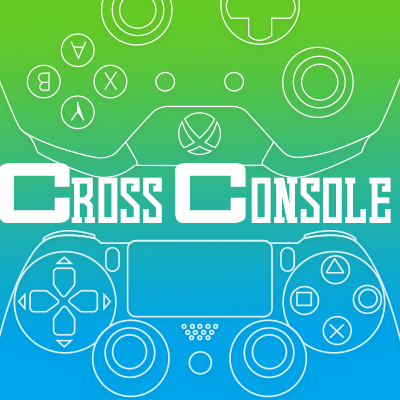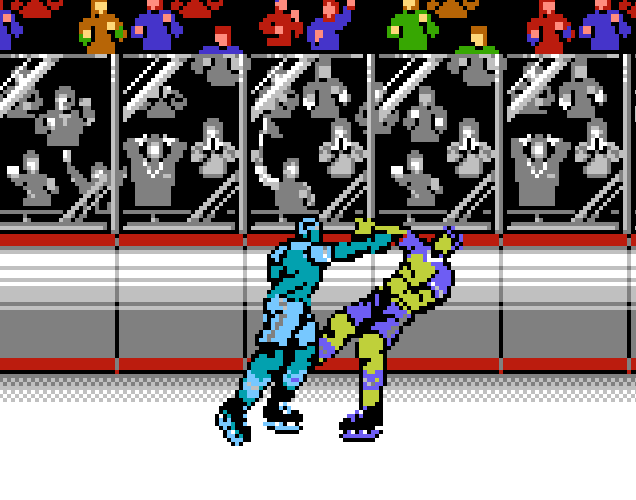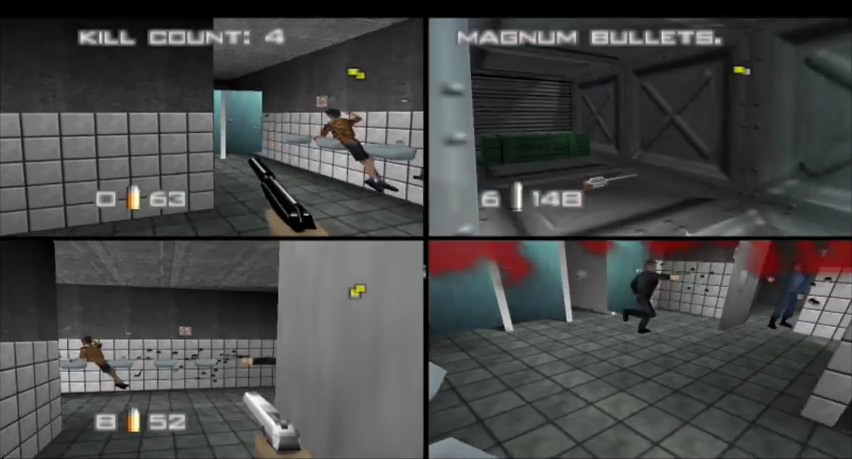
Overview of The Evolution of Competition Gaming
Competition has always existed in gaming as much as it has existed in any sport. As a start, we can say the types of gaming we refer to are console, pc or mobile games. Pong required a second paddle for competitive local play. Your childhood friend, cousin or sibling could be challenged at any time even in the very beginning of computerized gaming. My first taste of competition was trying to have a high score in a game of Contra or, as we do in Canada, win a game of hockey in Blades of Steel.

Soon games evolved, focusing on single player campaigns by perfecting storytelling and gameplay. Zelda, Mario, Samus, and others became staples of the gaming world. The best multiplayer games needed little to no story at all. Very few gamers cared why you were asked to eliminate the opposing team in Counterstrike. The fun was in the competitive gameplay and social aspect that came with it.
LAN connections and soon Internet connections made PC gaming develop some of the longest played multiplayer games to date. Starcraft and Counterstrike were adopted but were limited to the families who could afford the technology. Computers changed so fast and generally required upgrading but a console lasted a childhood. It was a lot easier to beg Mom and Dad for an N64 than explaining that I wanted to gut my PC and drive to Toronto to buy parts for my computer, for example.
One of the most iconic console multiplayer games, or styles, was played on the N64, Goldeneye or for some Perfect Dark. Both developed by Rare and both taking up many hours in the lives of kids around the world. Throughout my gaming career, I came across many gamers and everyone had their childhood story in one of these two games. Everyone had their favourite level, game mode, and gun selection. No body armor? One shot one kill or Man with the Golden Gun? (For this author it was: Facility, Golden Gun, Body armor on to make a really fun gun fight.)

Developing and finding your favourite way of playing was important. We live life within a framework of rules. Even the current online community constrains itself with rules. These help us determine fairness in play and a group of friends or even your best friend that plays with you will keep coming back when the rules are clearly defined. This wasn't the first time this option was available to a group of gamers but it is the example I will use from my childhood. Each person playing found what worked for them and new terminologies were invented. The person who grabbed the golden gun in the Facility could camp the bathroom and rarely lose. Some people checked the other player's screen to see where they spawned. Some would even cheat in real life by unplugging the controller. Everyone learned their strengths from strafing to predicting angles and corners when shooting to developing the best aim.
Consoles evolved to disc and with it came a network adapter. Finally, we could play online imitating a PC. Dreamcast was what everyone considers to be the first. For this author, it was PlayStation 2, SOCOM US Navy Seals. This was my beginning of console gaming competition. Some say Halo 1 but personally, it comes down to competition and part of that is a player base. Socom provided that and more. Each person who played online for the first time was stretching minds in a competition of who had acquired the most knowledge. There was no feeling like there is today of picking up a shooter and knowing what button to push to run, grenade, shoot, sprint, and duck. Your brain was learning how to shoot, dodge, run and hide with two joysticks against the most difficult competition you could find, your own equals. I remember playing hours upon hours of it and going to bed exhausted as a teenager. Skill sets emerged to the top and other shooters came to market. Some were snipers, others were run and gunners, some were excellent communicators and worked well in groups, some did not.

There eventually became a mindset that some people were here to have fun and some were here to invest large amounts of time at becoming competitive at their game. Warcraft was a good example of that. Some guilds compete for world firsts, some compete for server firsts, some just want to eventually see the content and some want to just hit the max level and every one of those people have fun at what they are doing.
Capitalism has helped many games get to market but has also helped streamline the way games were being made. Indie gaming has changed this slightly but it is still a massive problem in the competitive world today(we will touch on that in a future post!). Socom had the benefit of forcing you to be dead when you were killed online. You had to wait and watch other players run around the map as they either succeeded or failed the round. If you wanted to actually play the game and improve you needed to find ways of staying alive. Maybe that meant staying back for a few seconds at the beginning of a round or positioning yourself behind a friendly player (not in line with the enemy though) to act as a group hunting the opposition. Some improved their aim, some understood the maps so well they could predict enemy movement and have a higher chance of winning a firefight. In today's most branded shooters you generally have a respawn option that is wildly played. This does have a focus to not die but most people try to focus more on their kill/death ratio. Kill/death ratio is sadly just one stat that gives the intent that you will die multiple times a match and average that stat over a number of matches. In Socom you had a maximum of 13 rounds. So you could die a maximum of 13 times. What was important was figuring out the best way to succeed as a team. Professional gamers, the cream of the crop all play like this no matter which game it is. Everyone tries to learn from their mistakes in games but a professional will actively seek out their mistakes and try to fix or mask them to be the best player on the team (or solo player).

Team-based competition in these early console games required some central hub for each clan to go to war with each other. Socombattles.com, for example, turned into Gamebattles.com and allowed us to have a ladder for our community with our messenger information attached. People would sit at computers all night adding people from around the world to AOL or MSN and challenge them to a contest. Before these websites, a clan's win/loss record was based on word of mouth and trust. If you said you were undefeated then there was no real proof other than someone taking a picture of your team losing. Ladder sites helped the good teams determine who is the best overall in the game. (We will soon be looking at how these types of ladders are a flawed way of determining who is the best but are a good way are finding competition).
Tomorrow we will pick this up and continue our overview of the evolution of competition gaming through World of Warcraft, Destiny and Mobile games!
Thanks again to the Steemit Community!
Jarrod